Buckingham Palace: 'There is not a historical capital in Europe which cannot show a more imposing Royal palace'
A trip through the archives unearths a real treasure in the form of a 1931 book about Buckingham Palace which offers a fascinatingly different perspective on one of the world's most famous buildings.
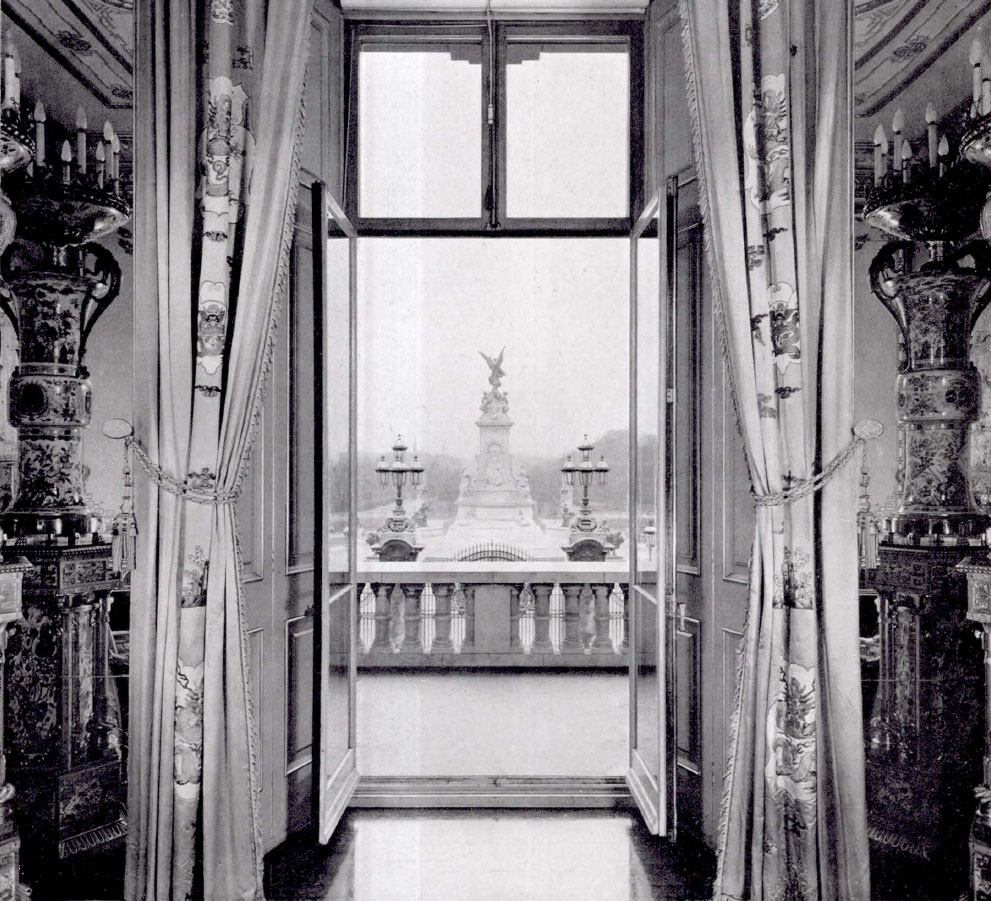
Every so often, we delve in to Country Life's architecture archive for a treasure of the past. This week, it's not a feature, but a book review.
The review in question, however, isn't about some run-of-the-mill novel, or even a history. Instead, it's a look at a 1931 book called Buckingham Palace: Its Furniture, Decoration and History, written by former Country Life editor Christopher Hussey and H. Clifford Smith and published by Country Life. An advertisement for the book ran inside the front cover on Valentine's Day 1931:
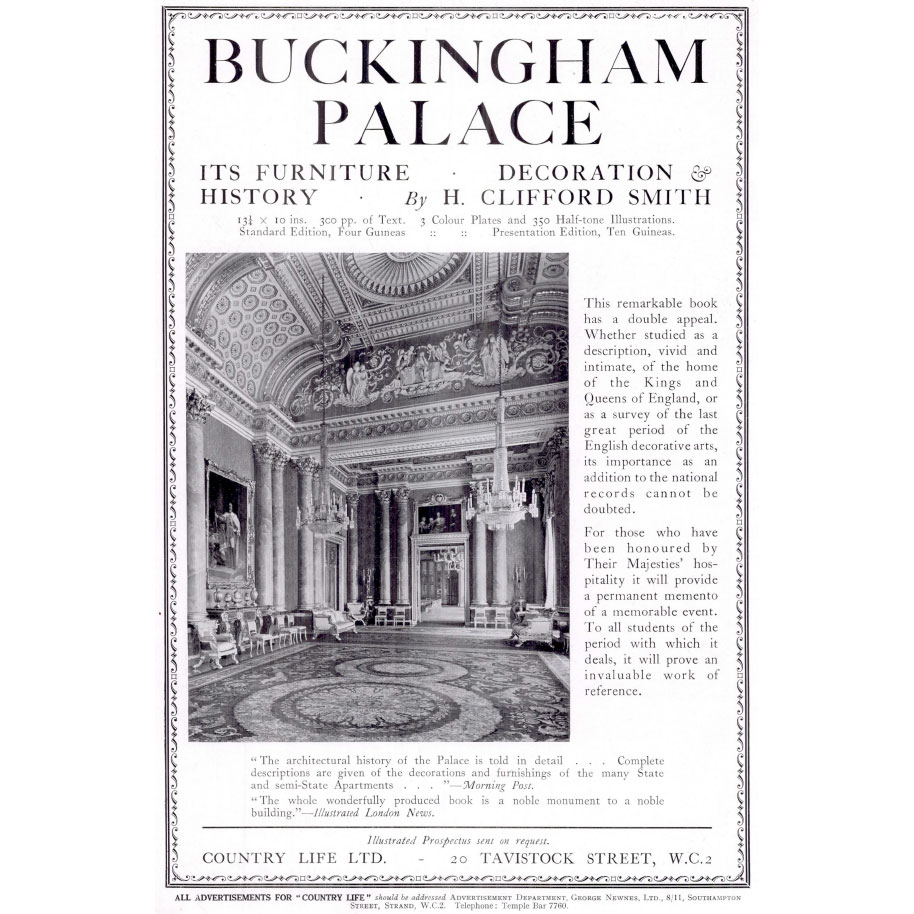
Inside the magazine the full review was written by Lord Gerald Wellesley. (You might recognise the surname; Gerald was the 7th Duke of Wellington, and a direct heir of Arthur Wellesley himself.)
Rather than dive in with a look at the contents of the book, the review instead begins by looking at the origins of Buckingham Palace as a royal residence:
A guide book to London, dated 1761, states that St James's Palace is ‘an irregular brick building without having one single beauty on the outside to recommend it and is at once the contempt of foreign nations and the disgrace of our own… The windows however look into a pleasant garden and command a view of St. James's Park which seem to be the only advantage this edifice enjoys above many others devoted to Charity. If the power wealth and strength of the King of England should be judged from this palace how great would be the mistake.’
Nevertheless, this palace continued to be the official residence of the Kings of England during the century which saw the construction of the palaces of Madrid, Caserta, Schönbrunn and St Petersburg for their brother monarchs on the Continent. No wonder that Queen Charlotte, fresh from the superior splendours of the palace of the diminutive Grand Duchy of Mecklenburg-Strelitz, turned pale when she saw St James's, though her pallor may have been occasioned as much by the prospect of being married immediately after her arrival to a man [King George III] she had never seen as by the poverty-stricken appearance of her future home.
Be that as it may, the young couple a year later moved into Buckingham House, which the King bought from the Dowager Duchess of Buckingham as a dower house for his young queen. In 1775 the house was settled on the Queen for her life and re-named ‘The Queen's House’, the Crown at the same time surrendering Somerset House, the historic dower house of the Queens of England.
Nearly all the children of George Ill and Queen Charlotte were born at the Queen's House, and it was their chief residence till the hopeless madness of the King made it more convenient for him and his devoted wife to retire to Windsor.
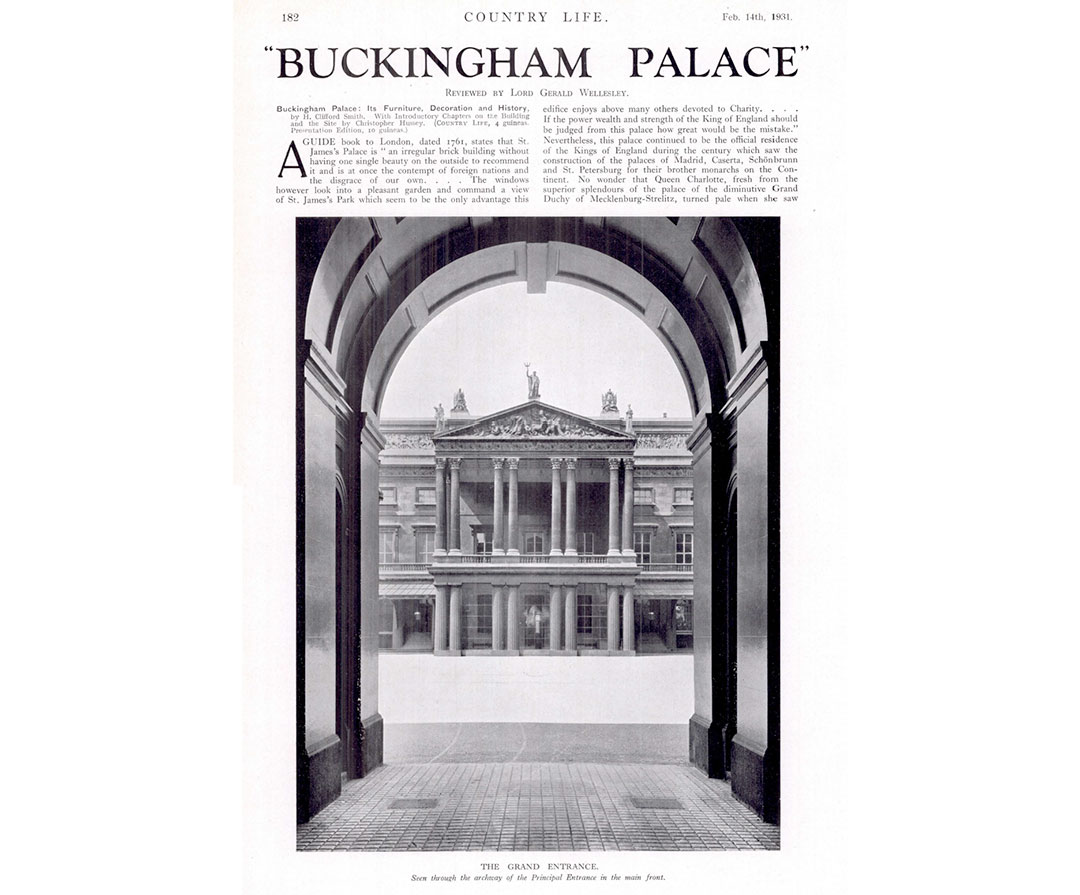
Wellesley's review moves on to taking a closer look at how — and why — the Palace then evolved:
Immediately after his accession, George IV determined to reconstruct the Queen's House. He had hitherto lived at Carlton House, but he now wanted a residence "not in a street." Moreover, the new Regent Street had opened up a very unimpressive view of the roofs of the low-lying palace. It must not be forgotten that the alterations were originally nothing more than a reconstruction, and that the walls of Buckingham House in many places still exist under the stucco and gilding of the present Buckingham Palace…
Although the King's opinion of St James's Palace was probably not more flattering than that of the writer of the eighteenth century guide book, he only intended originally to use the new palace as his private residence and to continue to hold his levees and Courts at St James's. As the works progressed the King modified this view, though neither he nor William IV ever lived in the Palace. It is an interesting instance of the self-reliant character of the young Queen Victoria that she occupied the empty and still unfinished building within three weeks of her Accession.
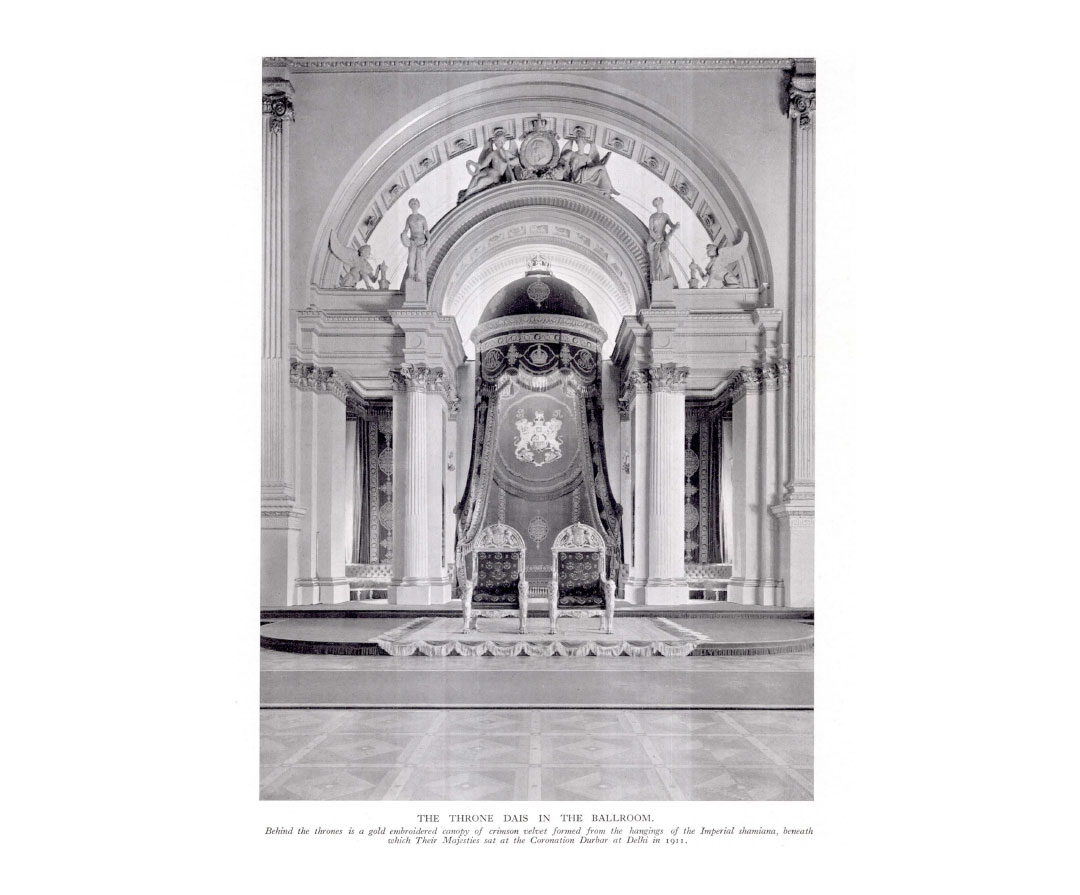
He goes on to critique elements of the Palace in a manner that's startlingly damning, even of the work done by the great John Nash:
Nash's garden front, though full of merits, is low and small for its purpose, and the principal staircase of the Palace would be more suitable to a provincial town hall than to the residence of the King of England.
In fact, the original intention of George IV is everywhere apparent. The building is a large and commodious private residence, and there is not a historical capital in Europe which cannot show a more imposing Royal palace. Nevertheless, Buckingham Palace has come to occupy a distinct place in the hearts and lives of the English- peaking world, a place that is aptly illustrated by the photographs of typical events connected with the Palace.
Wellesley's review concludes with a look at H. Clifford Smith's chapters on the contents of Buckingham Palace:
Sign up for the Country Life Newsletter
Exquisite houses, the beauty of Nature, and how to get the most from your life, straight to your inbox.
The author has an intimate knowledge of the Royal collections, and has received valuable assistance from Her Majesty the Queen, who graciously consented to read the proofs of this book. His researches have resulted in the collection of a quantity of documented information about them which is of the utmost value... The Palace contains a finer collection of pictures and bric-a-brac than any other Royal residence in the world, with the possible exception of Windsor Castle. The illustrations in this volume give an excellent picture of the magnificent possessions of the British Crown, which the taste and knowledge of Her present Majesty have now displayed to their greatest advantage.
The book is no longer in print, though it was reprinted in 1937 and second hand copies are relatively easy to find. Wellesley concludes that it 'will appeal to all sorts of readers — more particularly, no doubt, to those who have had an opportunity of seeing the interior of the Palace' — yet, we'd have thought, all the more so to those who haven't.
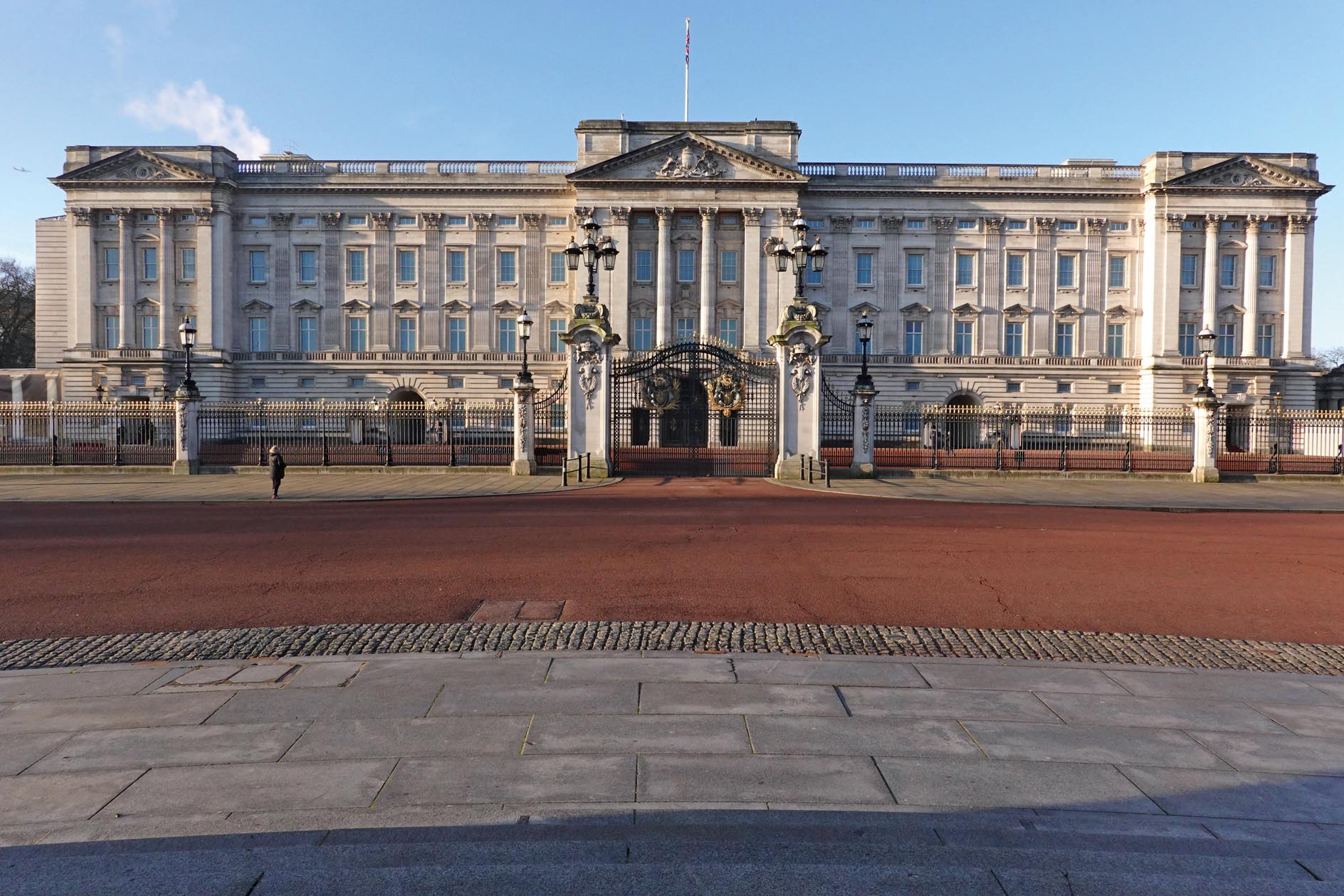
We asked six top architects to reimagine Buckingham Palace — here's what they came up with
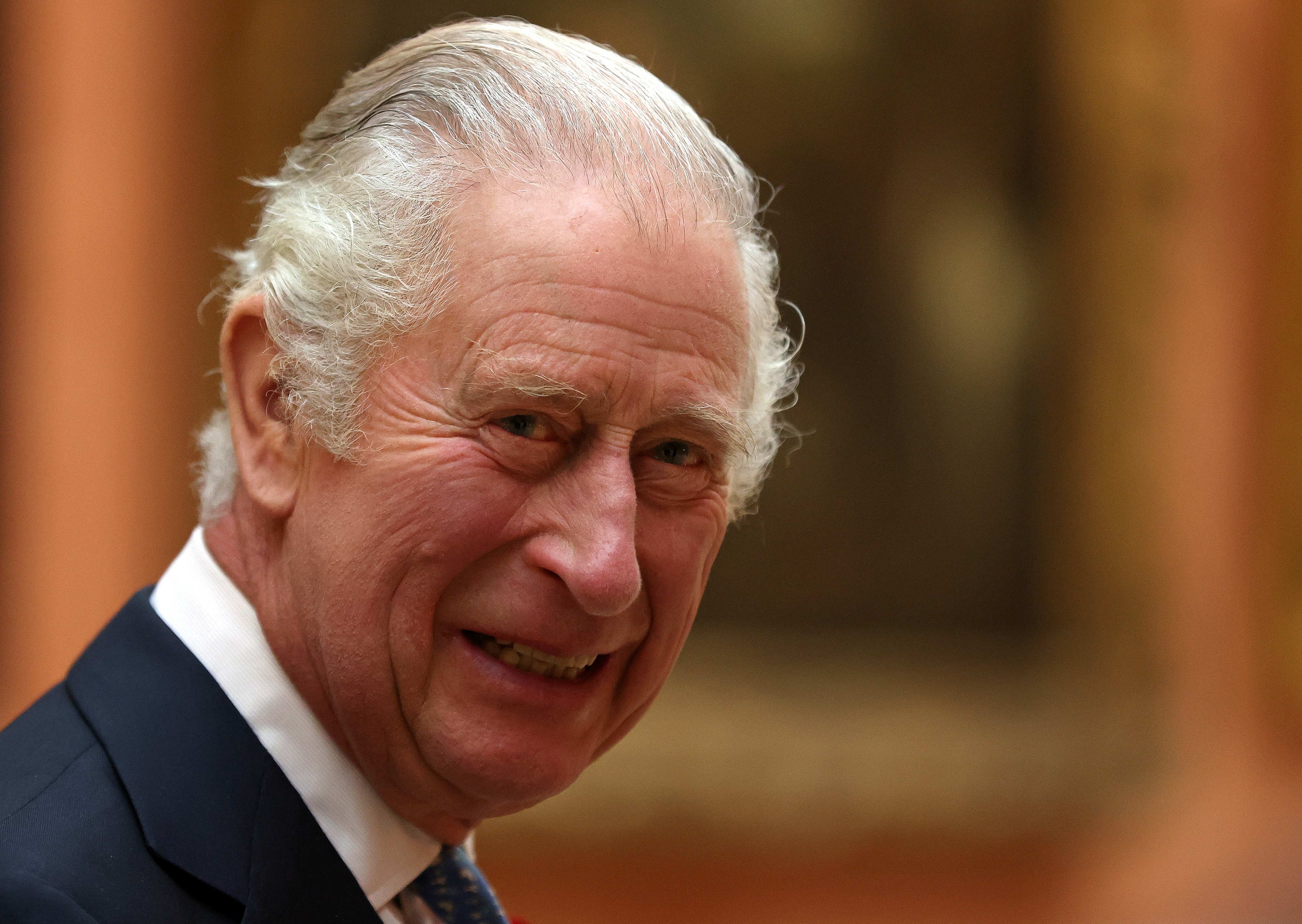
What sort of man is King Charles III, and what sort of king will he be?
A brilliant conversationalist, a cracking host and, surprisingly, an excellent actor, Charles III genuinely cares for people and strives to
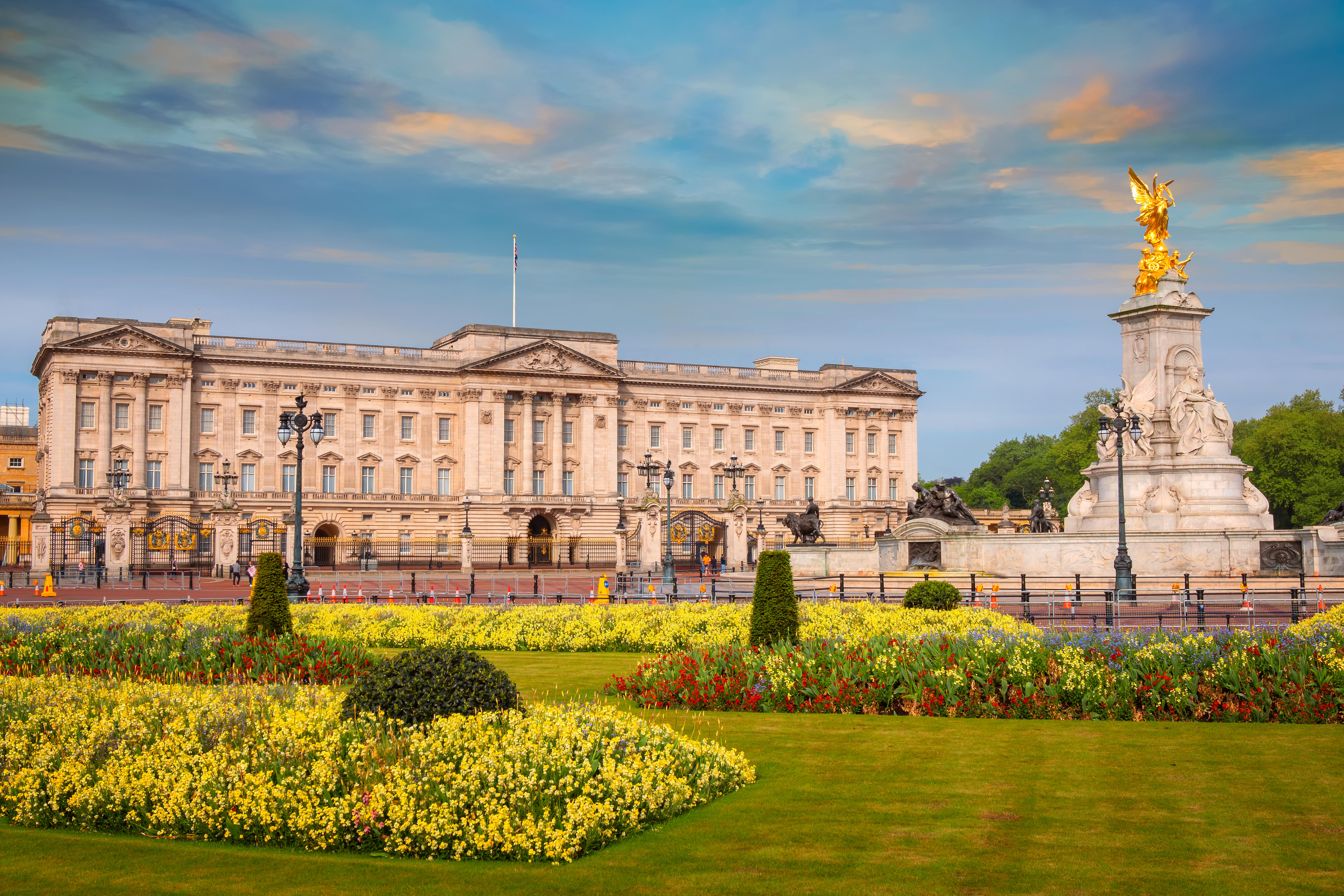
Credit: Alamy Stock Photo
Why it’s time for the Royal Family to turn Buckingham Palace Gardens into a public park
Toby Keel is Country Life's Digital Director, and has been running the website and social media channels since 2016. A former sports journalist, he writes about property, cars, lifestyle, travel, nature.
-
 How an app can make you fall in love with nature, with Melissa Harrison
How an app can make you fall in love with nature, with Melissa HarrisonThe novelist, children's author and nature writer Melissa Harrison joins the podcast to talk about her love of the natural world and her new app, Encounter.
By James Fisher
-
 'There is nothing like it on this side of Arcadia': Hampshire's Grange Festival is making radical changes ahead of the 2025 country-house opera season
'There is nothing like it on this side of Arcadia': Hampshire's Grange Festival is making radical changes ahead of the 2025 country-house opera seasonBy Annunciata Elwes
-
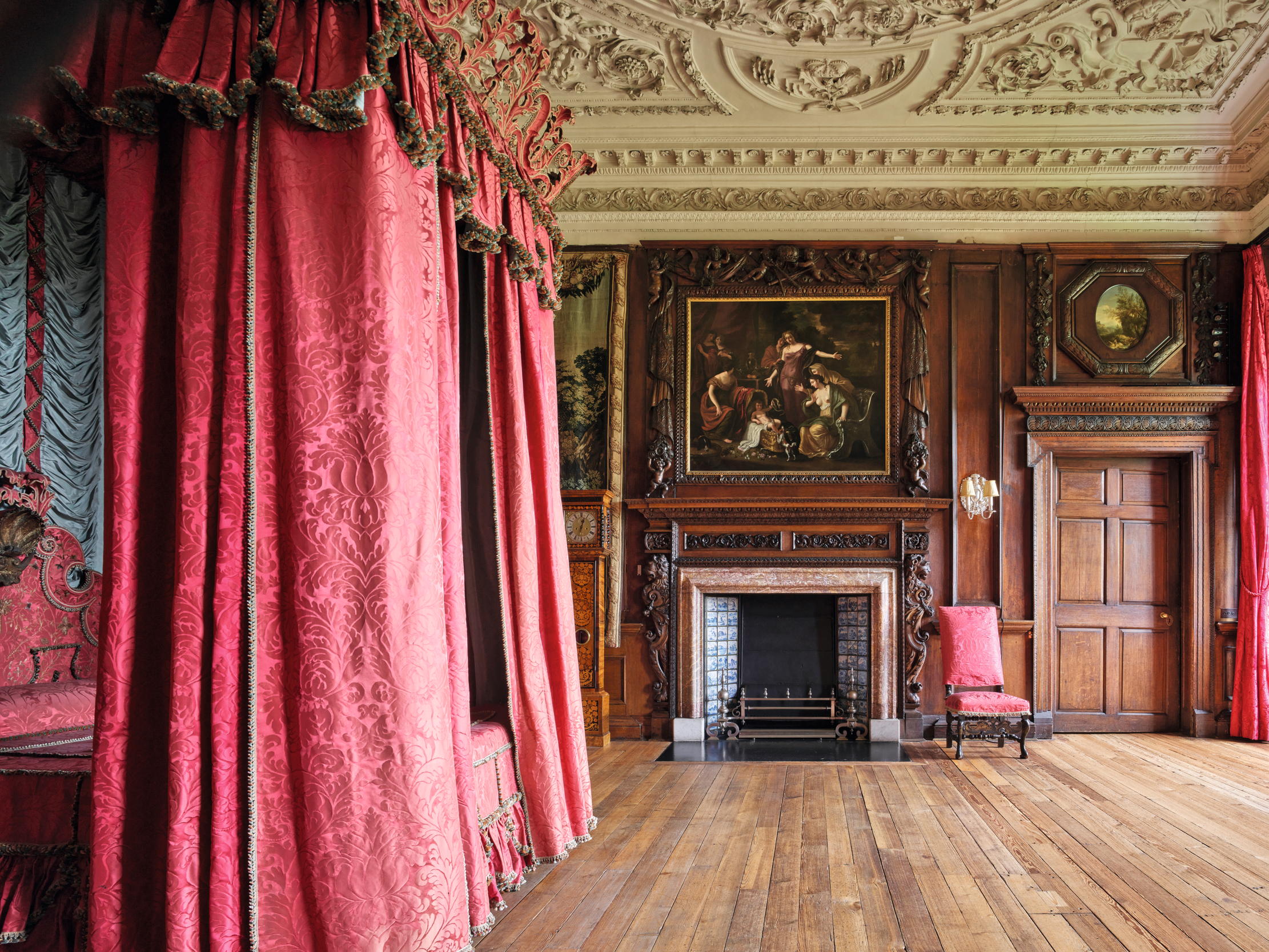 Holyrood: Inside The King's official residence in Scotland, from throne room to the bed chamber of Mary, Queen of Scots
Holyrood: Inside The King's official residence in Scotland, from throne room to the bed chamber of Mary, Queen of ScotsHolyrood — or, to give it its full title, The Palace of Holyroodhouse — is the official residence in Scotland of His Majesty King Charles III. To coincide with the publication of a new history of the palace, John Goodall offers an overview of the creation, abandonment and rebirth of this working royal residence over the past 900 years. Photographs by Paul Highnam for Country Life.
By John Goodall
-
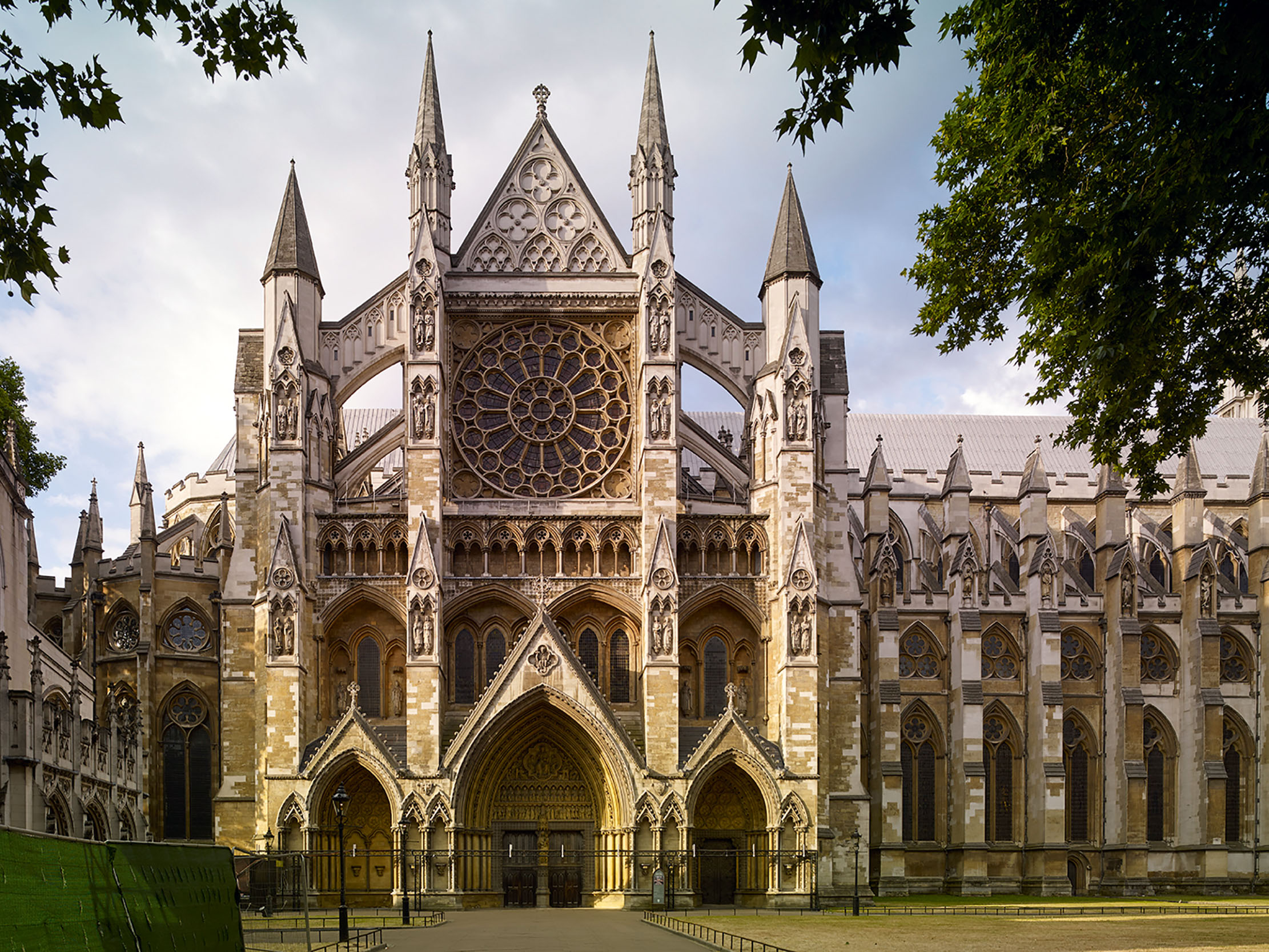 Westminster Abbey: 1,000 years of coronations, from King Harold and William the Conqueror to Elizabeth II and Charles III
Westminster Abbey: 1,000 years of coronations, from King Harold and William the Conqueror to Elizabeth II and Charles IIIThe setting of Charles III’s crowning in Westminster Abbey in London lends grandeur and history to this great ceremony. John Goodall considers the evolution of this remarkable building and its role in celebrating the authority and antiquity of the monarchy.
By John Goodall
-
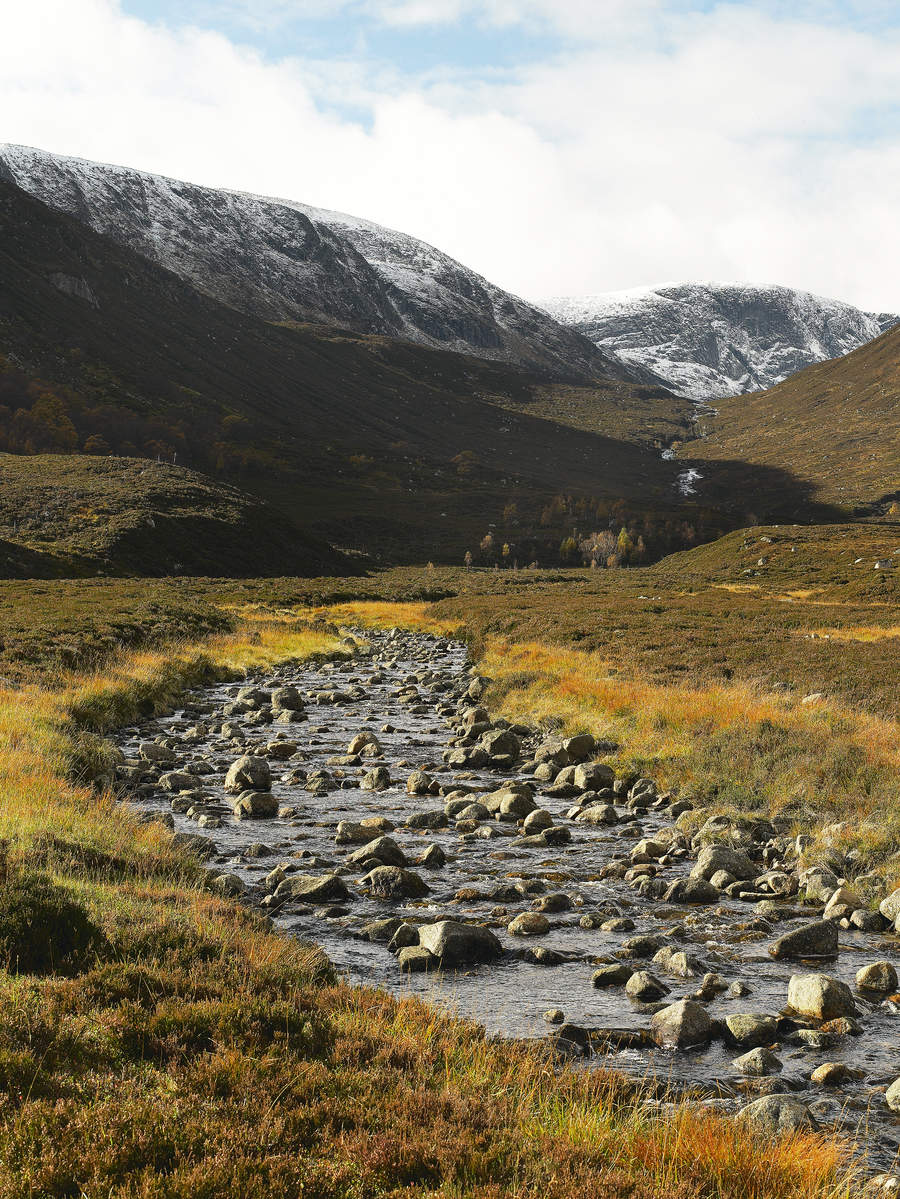 Balmoral: A Highland paradise, and the much-loved royal family summer escape since 1848
Balmoral: A Highland paradise, and the much-loved royal family summer escape since 1848Mary Miers takes a look at a much-loved home of the Royal Family, Balmoral.
By Mary Miers
-
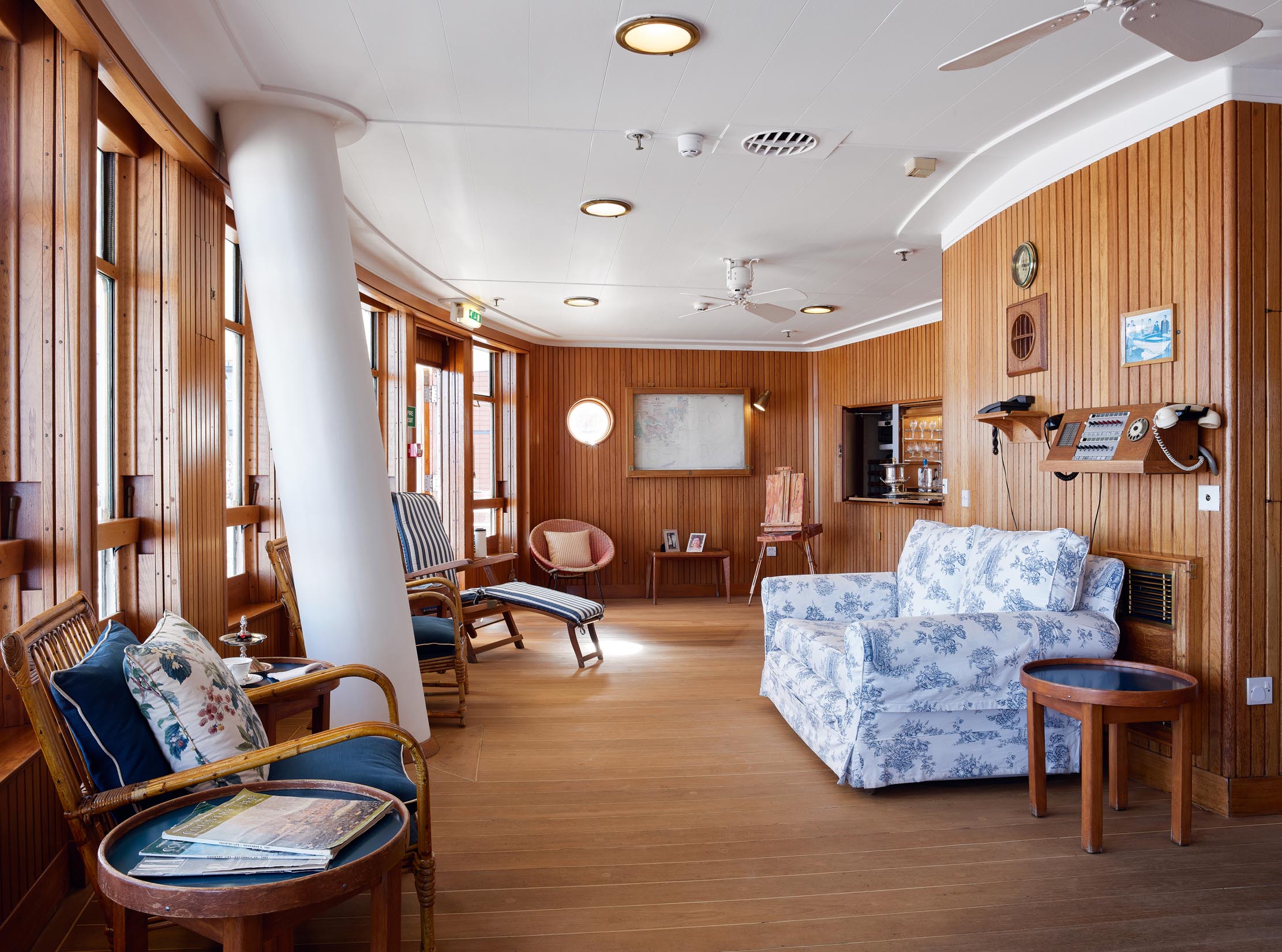 The Royal Yacht Britannia: How The Queen created a floating home and theatre of state
The Royal Yacht Britannia: How The Queen created a floating home and theatre of stateThe Queen was the best-travelled monarch in British history. John Goodall looks at the story of the Royal Yacht Britannia, now permanently moored in Leith, Edinburgh. Photographs by Paul Highnam.
By John Goodall
-
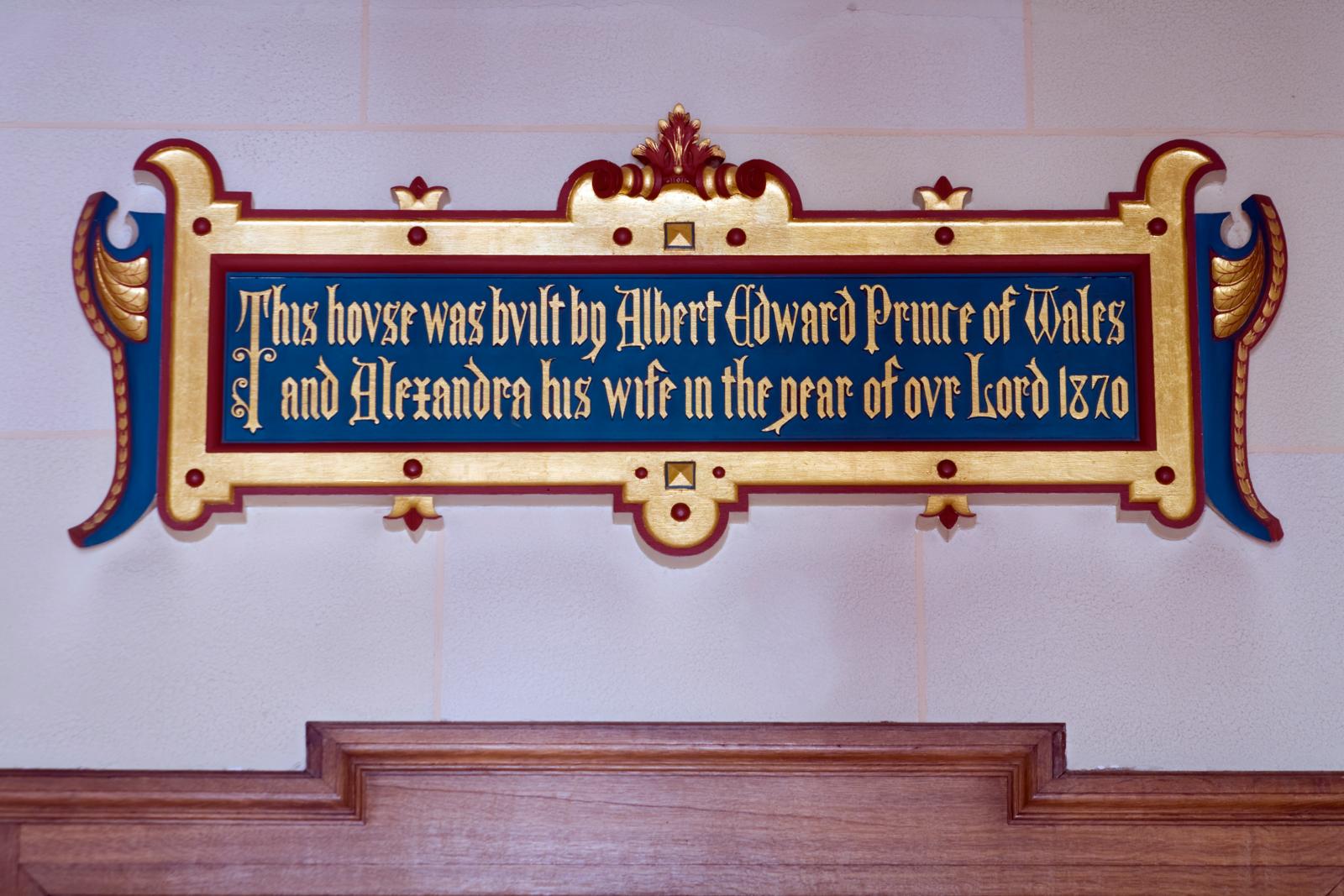 Sandringham House: The Norfolk home of The Queen
Sandringham House: The Norfolk home of The QueenJohn Martin Robinson takes a tour of Sandringham House, the country house beloved and developed by generations of the royal family, including rooms not seen by the public. Photographs by Will Pryce for Country Life.
By John Martin Robinson
-
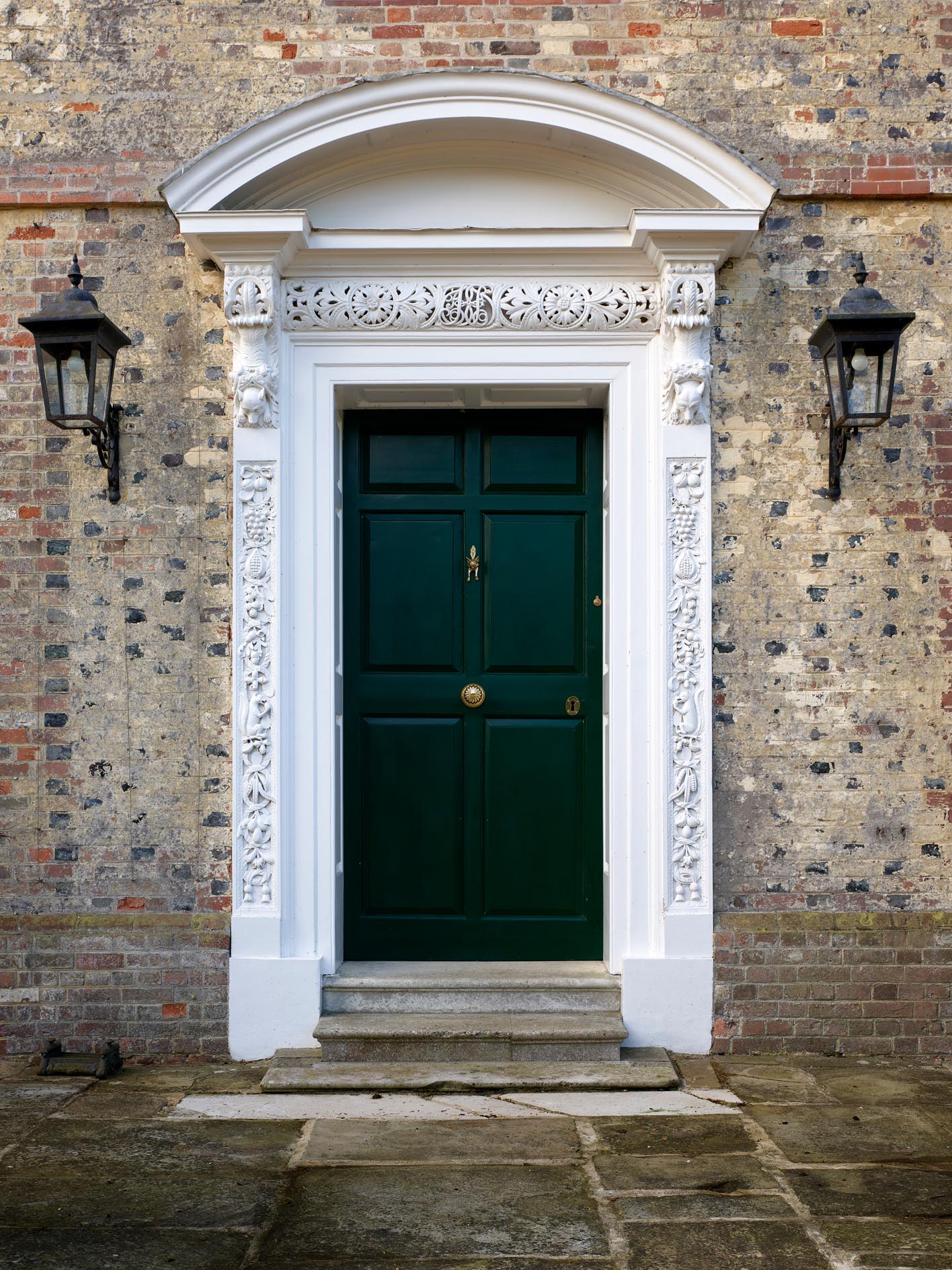 Hall Place, Hampshire: The fabulous house where the Duchess of Cornwall spent her idyllic childhood summers
Hall Place, Hampshire: The fabulous house where the Duchess of Cornwall spent her idyllic childhood summersHall Place in West Meon, Hampshire, is currently the home of Michael and Claudia Langdon. Yet for many years it was owned by the grandparents of HRH The Duchess of Cornwall. The house, so well known to The Duchess in her childhood, was specially chosen by her for coverage in her guest-edited issue of Country Life. It is revealed in a new light by fresh documentary research, as John Goodall reports. Photographs by Paul Highnam for Country Life.
By John Goodall
